Instructional Technology: Computer-Assisted Language Learning
VerifiedAdded on 2023/05/30
|8
|524
|340
Presentation
AI Summary
This presentation provides a detailed overview of Computer-Assisted Language Learning (CALL), tracing its origins from the 1960s with the PLATO project to its modern integrative forms incorporating multimedia and the internet. It explores the underlying assumptions of CALL, highlighting its interactive nature and adaptability for effective learning. The presentation also examines how CALL intersects with related concepts like Computer-Aided Instruction (CAI), Computer-Based Instruction (CBI), and Computer-Managed Instruction (CMI), providing examples of productive methods such as Language Nut and FluentU. Furthermore, it discusses CALL's integration with instructional technology and second language acquisition, raising questions about its efficacy compared to traditional methods and its role as an assistance or replacement for language teachers. The presentation references various sources to support its analysis of CALL's theory, scope, and impact on language learning and education technology.
1 out of 8
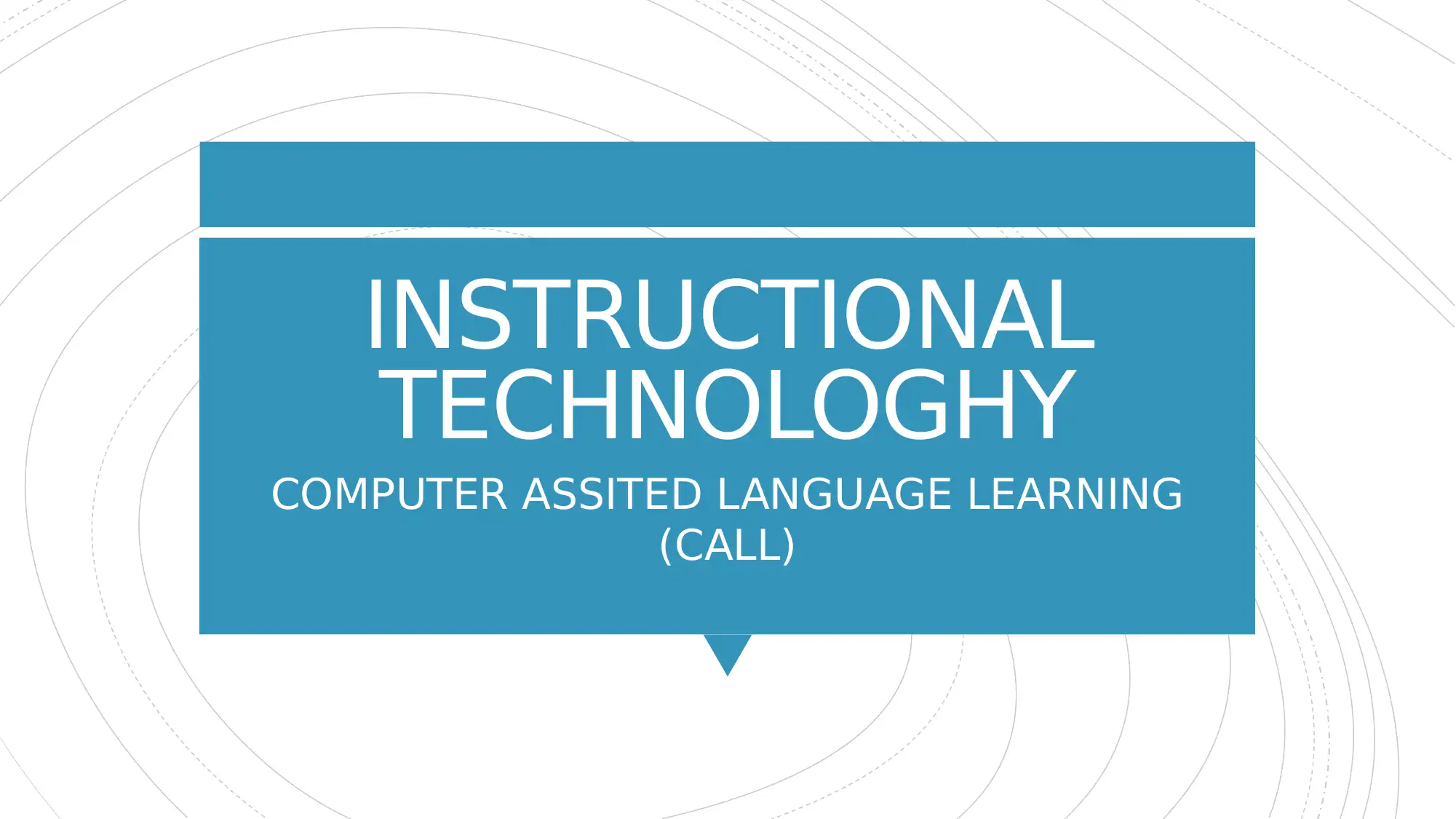
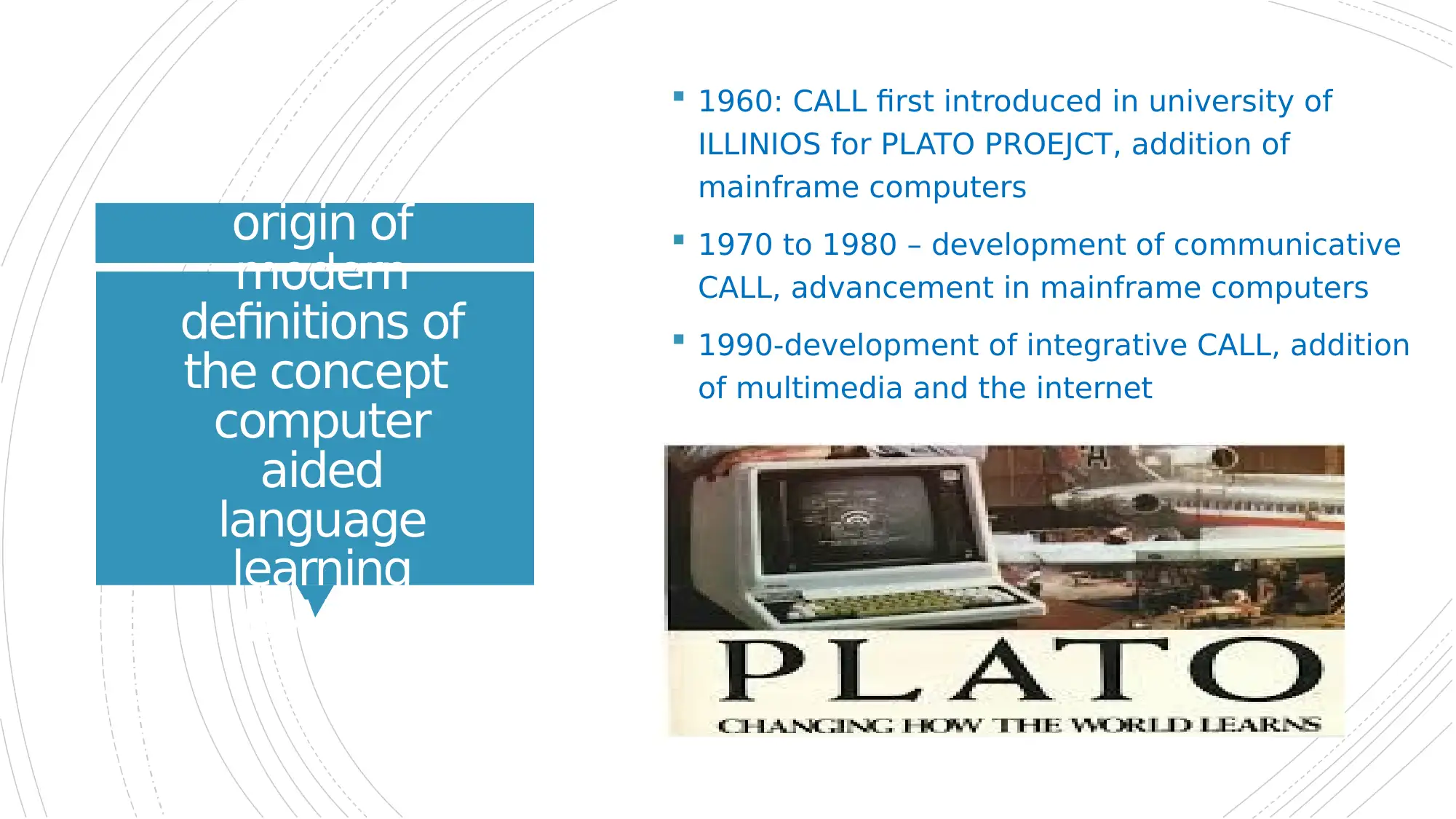


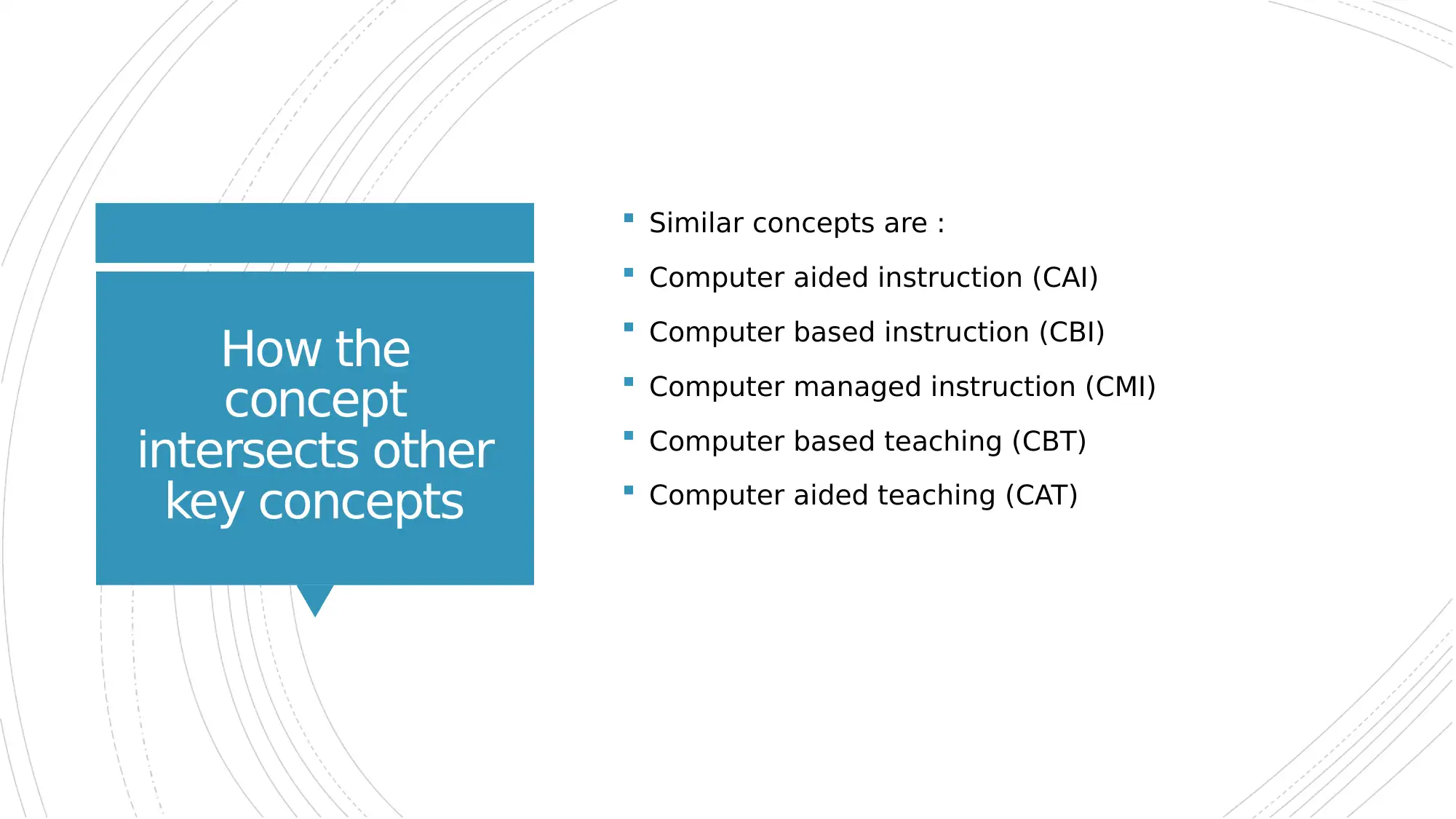
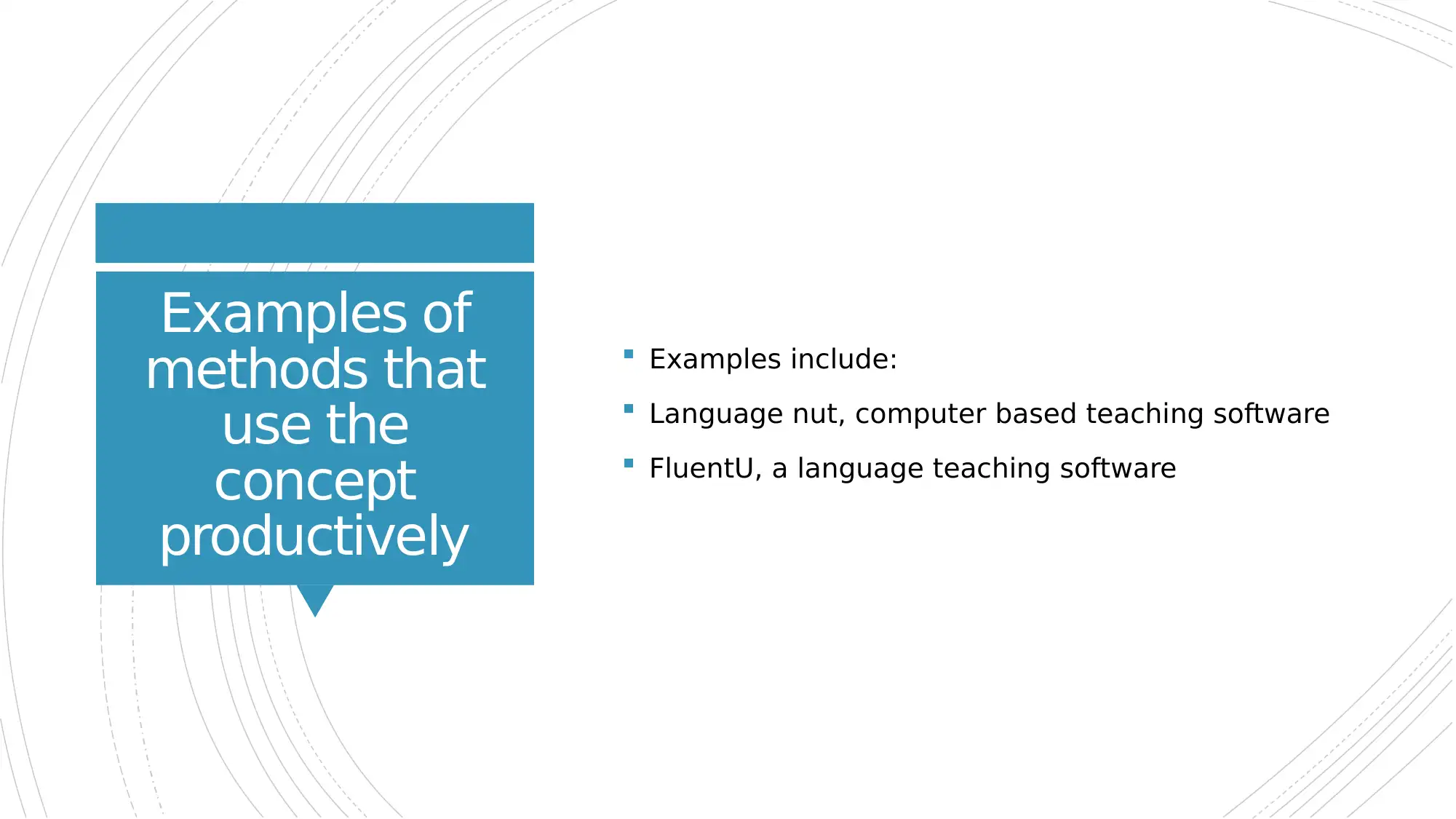
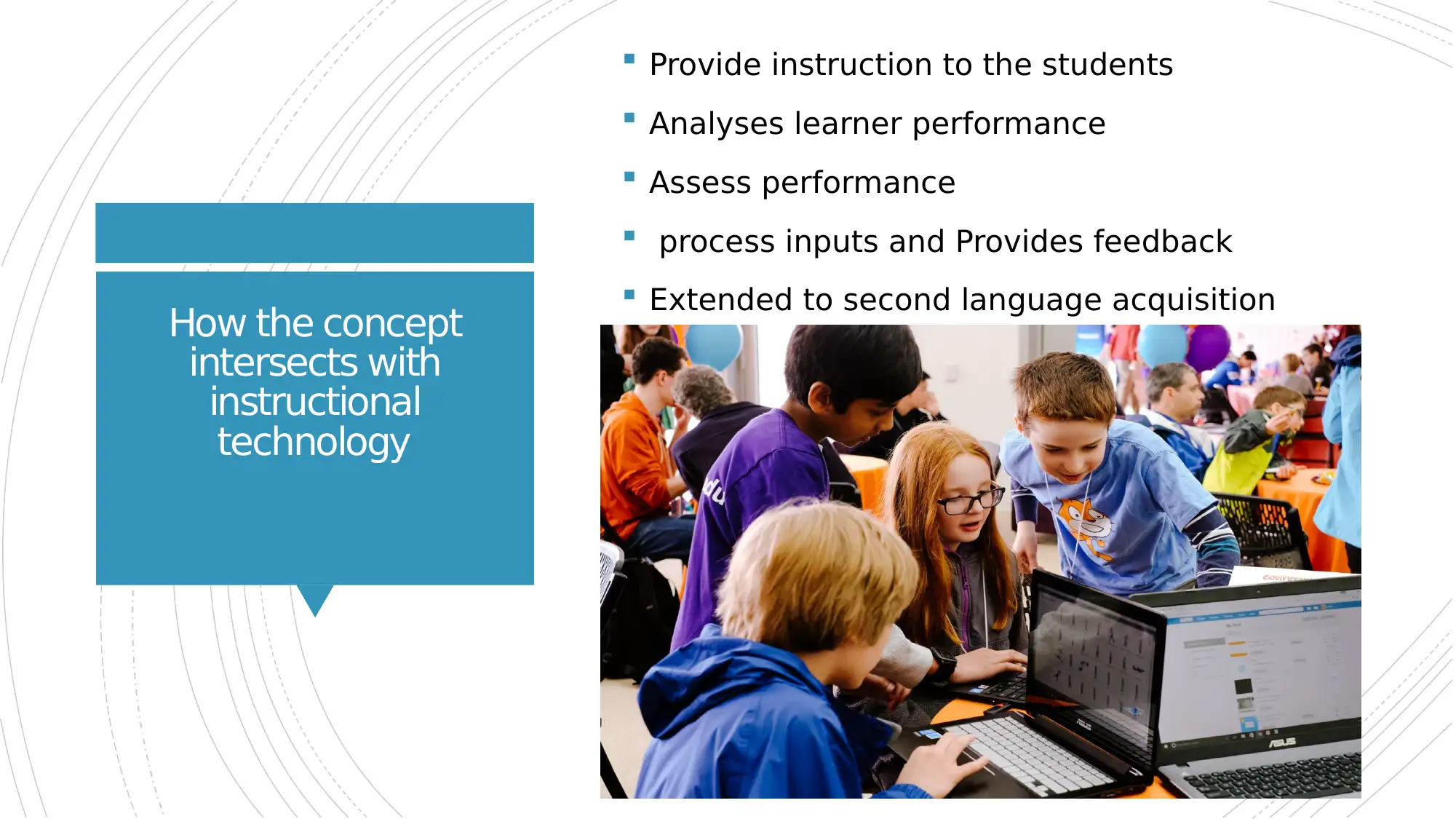
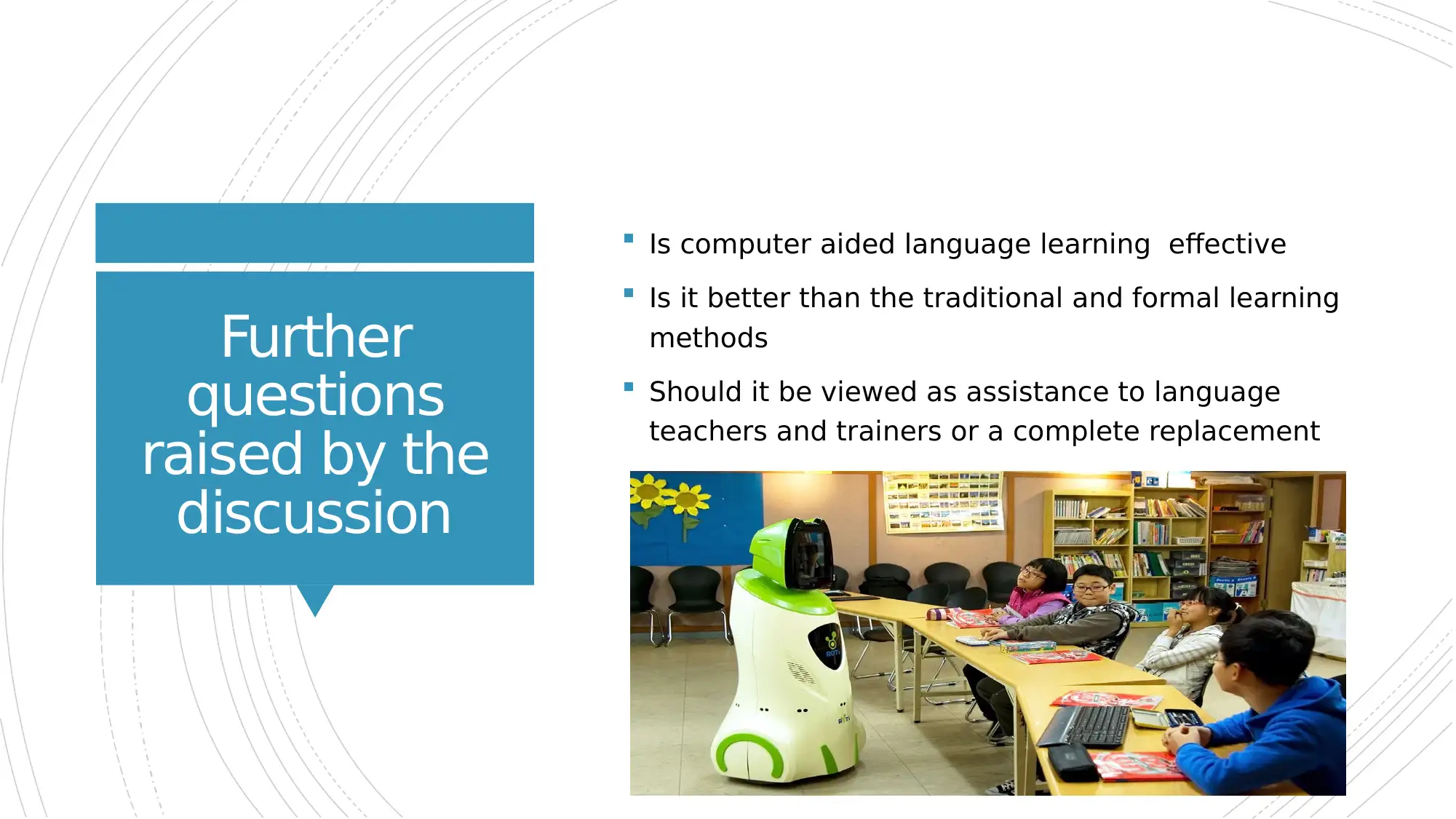
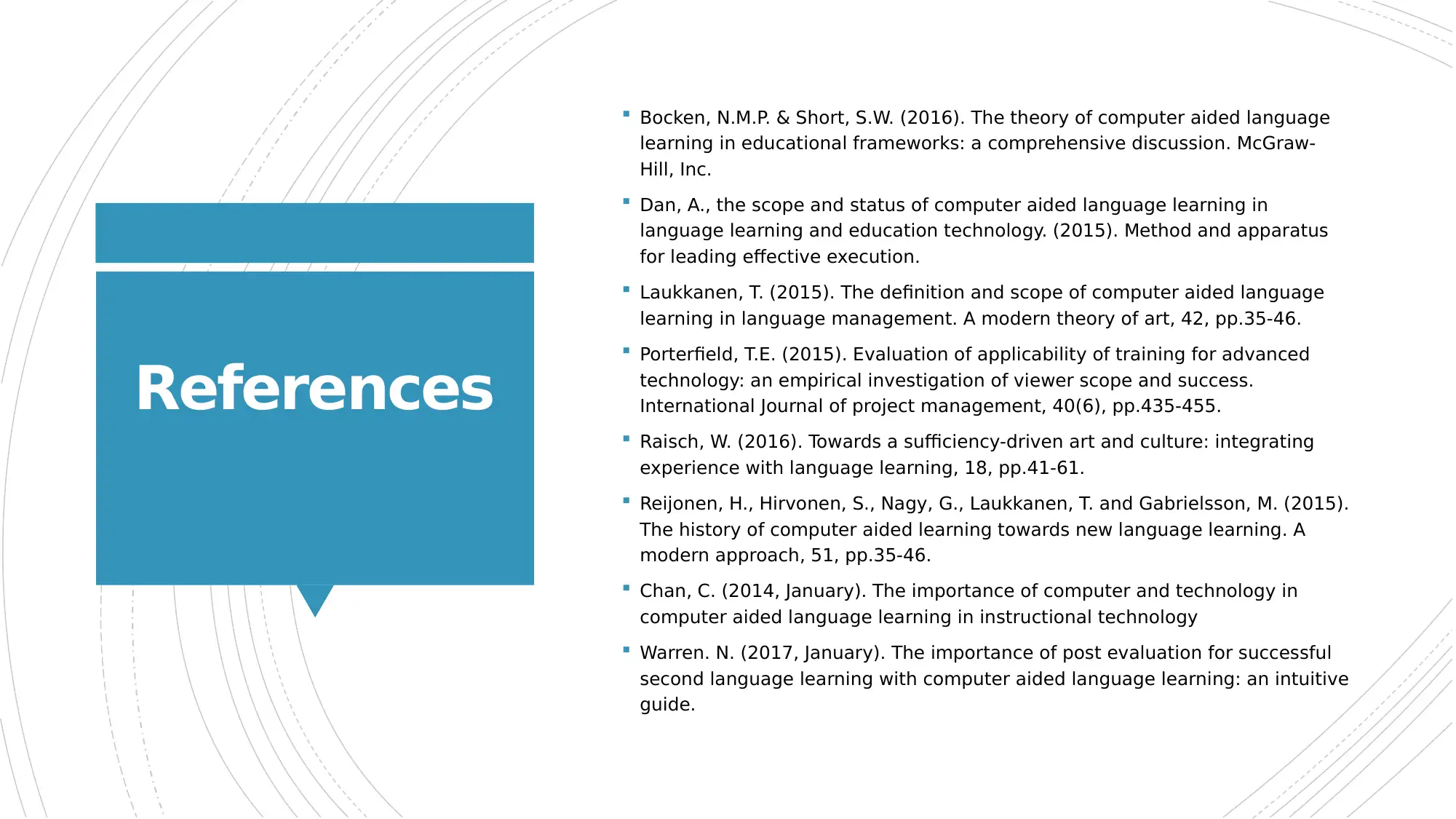
![[object Object]](/_next/static/media/star-bottom.7253800d.svg)